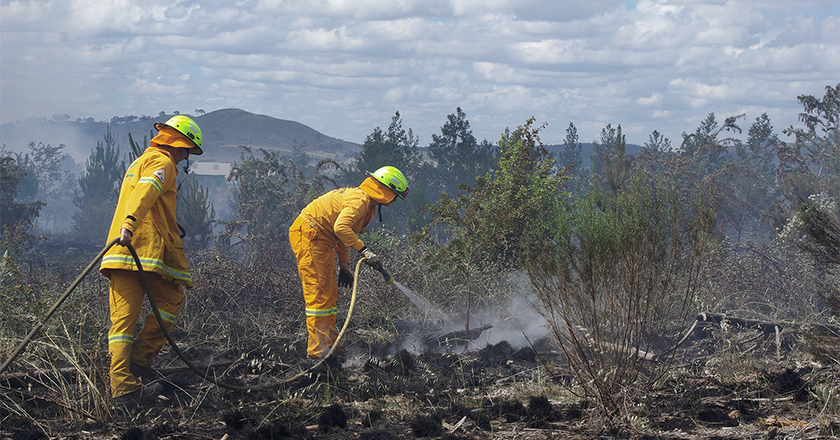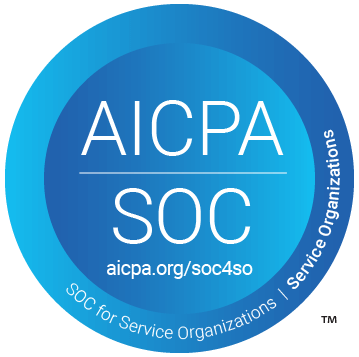Recently that world has been watching, and lending a helping hand when possible, as Australia is ravaged by wildfires. Australian citizens have lost their homes, businesses, and loved ones to the raging flames, and wildlife on the island may never be the same.
The Center for Disaster Philanthropy brings the destruction to light by reporting that there have been “7,000 fires since July and there are currently more than 200 fires burning across the country.” Additionally, “more than 26 million acres or 40,000 square miles across the country have been destroyed.”
As Australia battles these bushfires, one question is on many people’s minds: What can we do to prevent a wildfire crisis of this magnitude from happening again?
Wildfire Mitigation
Mitigation is key, because oftentimes once a wildfire starts it’s too late to stop it. Preventative measures can be life-saving and cut costs astronomically in the long run.
One way to mitigate the impact of wildfires is to improve building infrastructure. Campbell Fuller, spokesman for the Insurance Council of Australia, identified “communities where the building codes pre-date modern understanding of bushfires” as adding to the severity of the Australian wildfires.
Updating buildings wherever possible and bringing them up to code is essential. New buildings should also adhere to building codes and bushfire management best practices. These laws help lessen the impact of wildfires and how quickly fires spread. Fuller also stresses the importance of insuring your property so you have support if disaster strikes.
It’s not just about how you build infrastructure, but where. In Australia, there are urban and rural areas that fall within the boundaries of bushfire zones. Although growing populations make it difficult not to expand into these zones, it’s important for people to be cognizant of the boundaries of these areas, be educated on wildfire safety, and take necessary precautions during peak wildfire season.
Another way to mitigate against these disasters is vegetation management. This can come in the form of controlled burning or the removal of vegetation from key areas, both dead or alive. This is not as straightforward as it seems, however, for it has met resistance from environmentalists in Australia. Australians are striving to find a balance between environmental protection and appropriate wildfire mitigation measures.
Mitigation in the Home
The International Association of Certified Home Inspectors also provides some safety tips for homeowners to help mitigate the effects of wildfires on their properties. Here are some highlights from those tips:
â€
- Make fences and decks out of metal instead of wood whenever possible, and clean debris, especially dead vegetation, away from structures frequently.
- Clear away vegetation, such as trees, that is close to your house and can easily ignite. Try to cluster plants in your yard instead of spreading them out and creating a path for the fire to spread.
- Use dual-paned windows and tempered glass which can withstand heat more effectively. High heat has the potential to break glass, which can let the fire into your home easily.
- Make sure your vents are screened to prevent embers from entering your home undetected.
- Clean gutters regularly to prevent flammable build-up.
We all have a role to play in mitigation. If everyone in high-risk zones regularly practices these safety tips, wildfires will have less fuel to continue on causing destruction.
Heeding Warnings and Stay Safe
Wildfires aren’t 100% preventable, but it is possible to prepare for them and reduce the risk and impact they can have by keeping buildings up to code, being cognizant of building in bushfire zones, conducting regular vegetation management, and maintaining your property to prevent the spread of fires.
There are multiple steps a community can take to help mitigate the effects of future wildfires. However, if a wildfire should strike, it’s crucial to pay attention to mass notifications and warnings issued by emergency management professionals in order to keep you and your family members safe. Wildfires are fast and unpredictable, and mitigating them is instrumental in creating a safer environment for those in at-risk areas.








